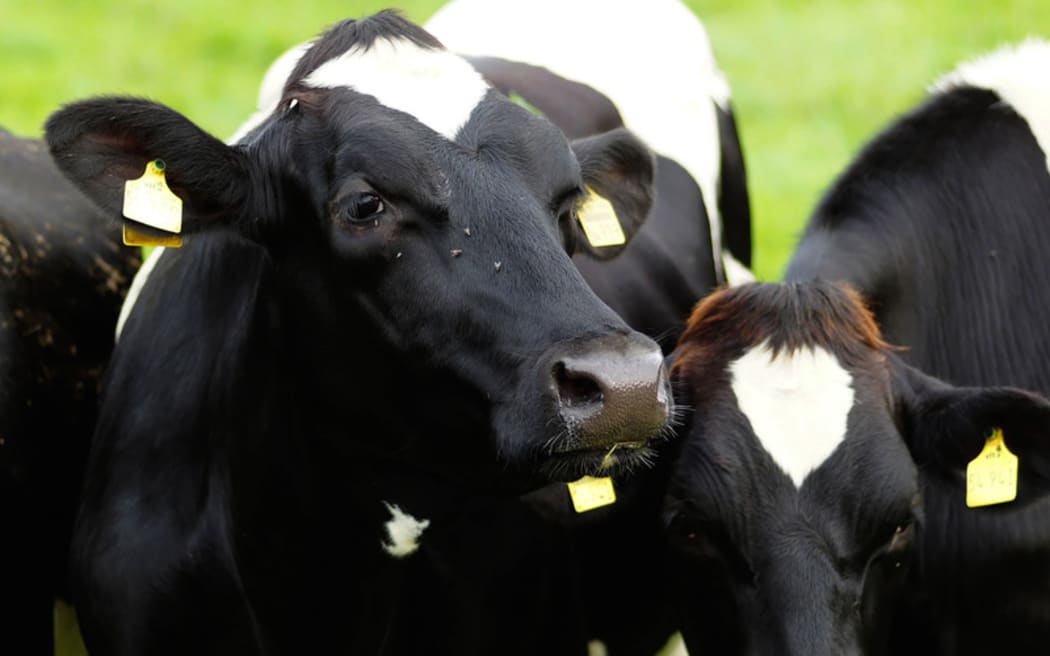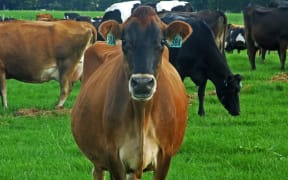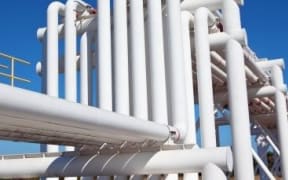The Parliamentary Commissioner for the Environment is confident new guidelines will protect livestock on oil industry waste farms and ensure food produced on them is safe.

Photo: SUPPLIED
Last year, the commissioner called for government intervention, asserting the farms posed a threat to New Zealand's reputation as a safe producer of food.
Now, the Ministry for Primary Industries (MPI) has recommended tests to ensure levels of petro-chemicals such as benzene, toluene and ethylene are safe before livestock or crops are put on the land.
It said there were four active landfarms, all in Taranaki, where waste from oil and gas drilling was spread.
The ministry said the only risk to animal welfare and food safety from the waste came from petro-chemicals, or hydrocarbons - not heavy metals, minerals and salts, or biocides.
It said the risk disappeared if livestock and crops were kept off the land until the hydrocarbons had been treated and contaminants removed.
Details of where the waste comes from, concentrations of hydrocarbons, and testing once the waste has been spread, must also now be documented.
'The risk is minimal' - MPI

Dr Jan Wright Photo: SUPPLIED
MPI director David Wansbrough said, while he would not want to drink a cup of the oil industry waste, it posed a minimal threat.
"Our science tells us that even immediately after you've spread the rocks and mud you've dug up from oil wells, even immediately after you've spread it, the risk is minimal," he said.
"But, if you want to be sure, we've set some levels that links to the environmental levels that you need to manage and that will mean there is no risk."
Parliamentary Commissioner for the Environment Jan Wright said the guidelines were based on a "good" report by Landcare Research, and she was pleased with what MPI had come up with.
"Cattle were being allowed on to landfarmed areas where the hydrocarbons and so on hadn't had a chance to break down," she said.
"The council involved [Taranaki Regional Council] said it wasn't their business, and the Ministry for Primary Industries seemed to be saying it wasn't their business either - so someone's taken responsibility, which is fantastic."
Dr Wright said cattle standing in oil industry waste was not a good look for New Zealand agriculture.
"As the report says, proving the actual levels of risk to animal welfare or food safety is very difficult," she said.
"But the perception of cattle tramping drilling waste into soil, regardless of the real risk, doesn't fit with the profile New Zealand is seeking for its agriculture."
Greens unhappy with guidelines
However, Green Party energy spokesperson Gareth Hughes said he did not believe New Zealand should be putting oil industry waste on agricultural land at all.
"I think international consumers of our agricultural products demand the highest standards of food safety from us, and I think they would be concerned to find that our cows are standing amidst oil and gas waste on our paddocks," Mr Hughes said.
The scientist who helped develop the new guidelines noted a recent Landcare Research study that found oil industry waste was highly toxic to earthworms.
Within 24 hours of being exposed to the waste, all the earthworms in the study were dead.
In 2013, the Taranaki Regional Council stopped allowing fracking waste to be disposed of on the landfarms after Radio New Zealand reported on the controversial practice.
The Petroleum Exploration and Production Association said the release of the guidelines was a happy ending to the debate on the practice.



